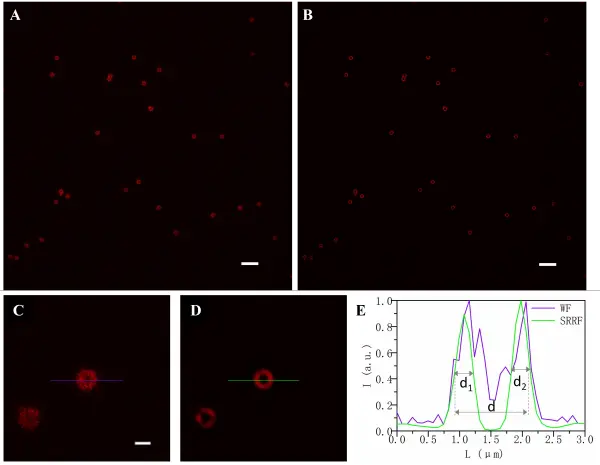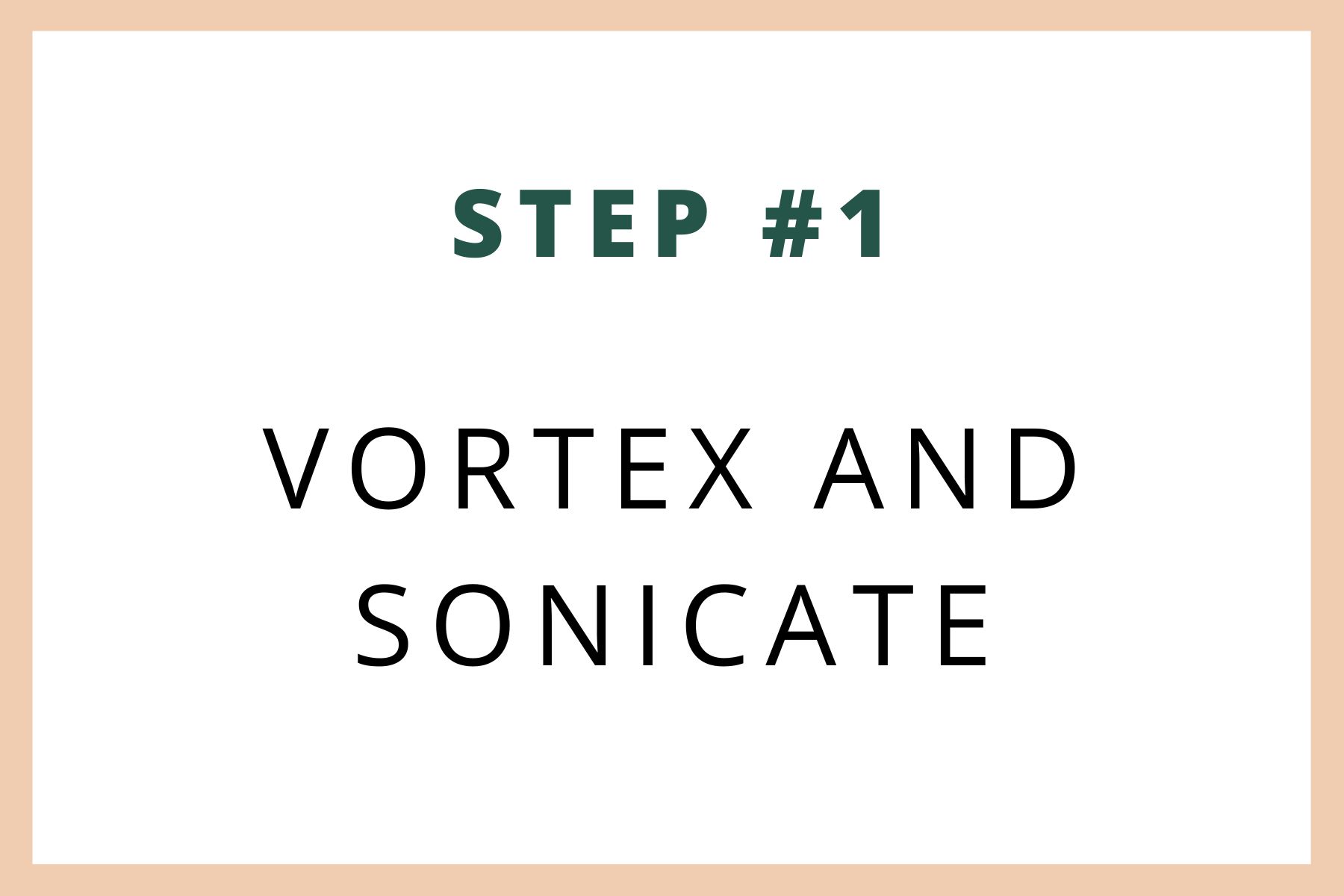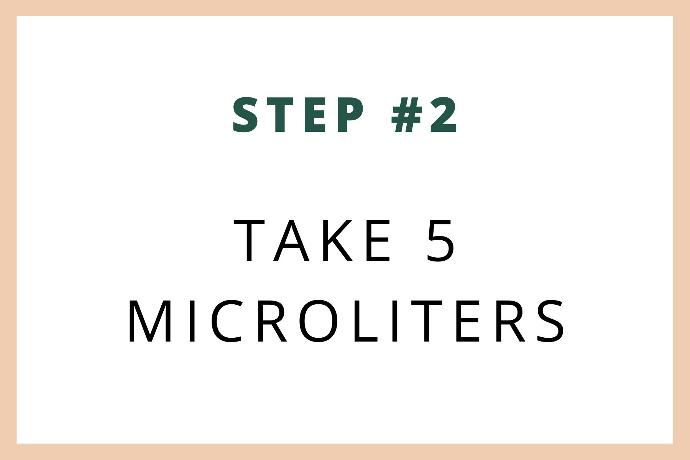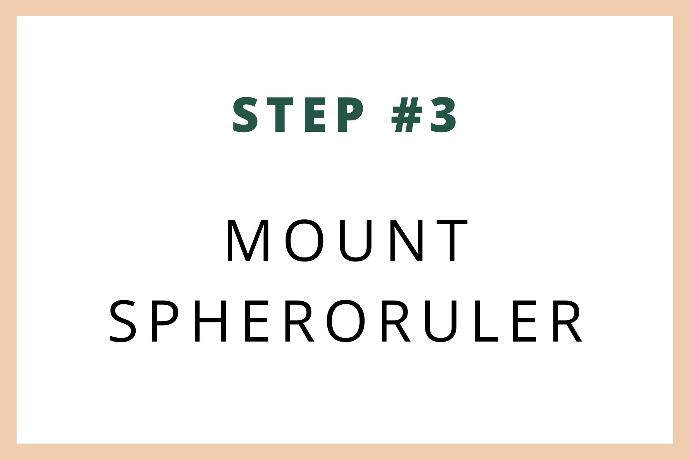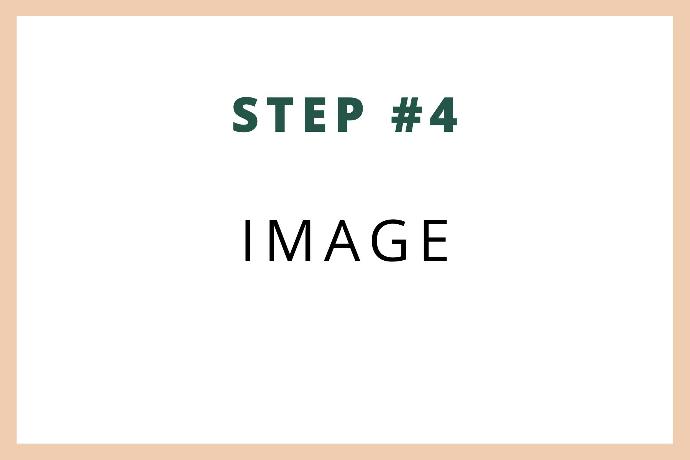- All Products
- SpheroRuler - Calibration beads for SMLM microscopy
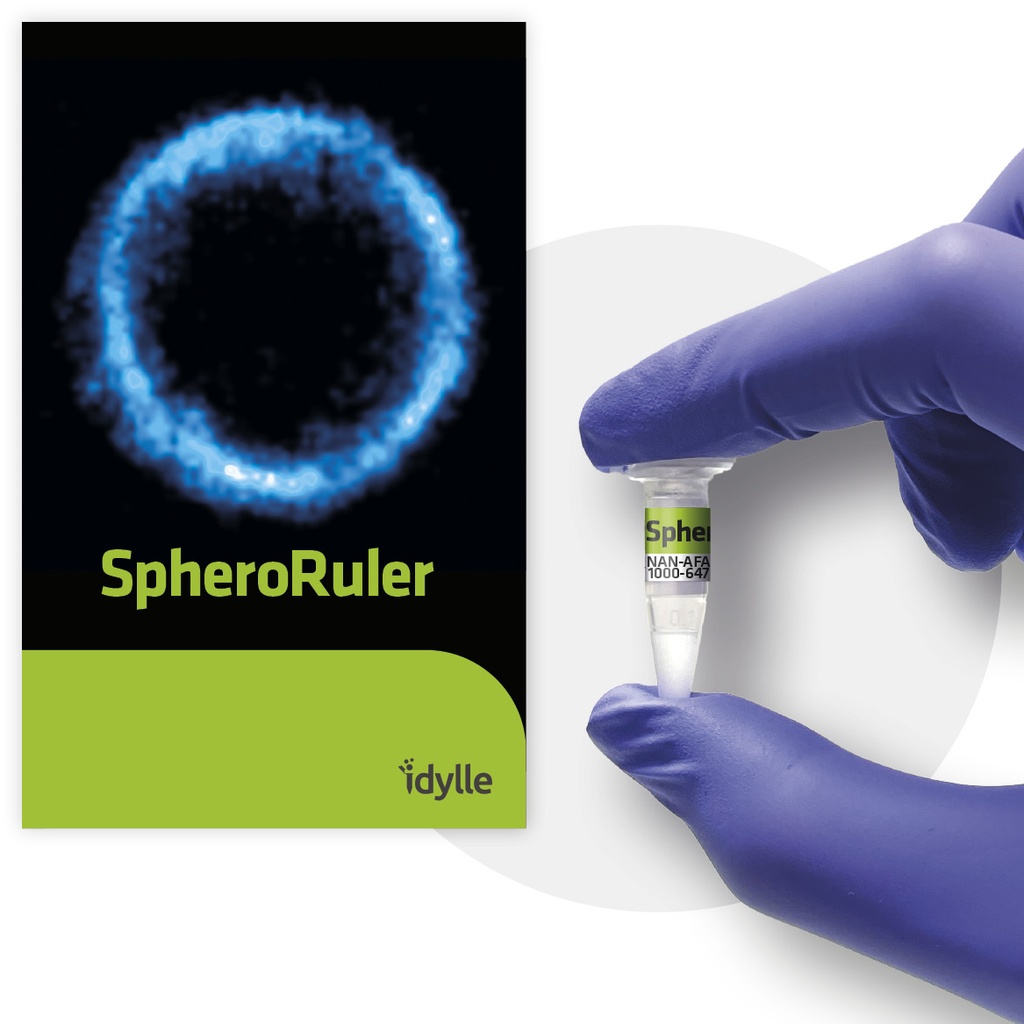
SpheroRuler - Calibration beads for SMLM microscopy
https://www.idylle-labs.com/shop/spheroruler-calibration-beads-for-smlm-microscopy-339 https://www.idylle-labs.com/web/image/product.template/339/image_1920?unique=7d6238dFluorescent spheres adapted to various kinds of microscopy
SpheroRuler is a monodispersed suspension of 1µm diameter spheres coated with far-red and/or green fluorophores giving a stable blinking in SMLM microscopy. Their consistent size and geometry make them very practical and reliable standards to assess the accuracy of your x-y or z measurements, 3D reconstruction methods or your image quality. Monodispersed and immobile in solution, they can also be used as rulers, for drift correction or as guides to help localize features on your biological samples. 
Kit description: 1 vial of 50 µL of a SpheroRuler suspension in PBS pH 7.4.
Allows 10 experiments when using the recommended 5 µL volume in 35 mm glass-bottom dishes.
Concentration: 3.5 x 10e6 particles per mL (6 µm beads), 7 x 10e8 particles per mL (1 µm beads) or 7 x 10e11 particles per mL (100 nm beads).
Stability: at least 7 months when stored at 4°C.
Dyes: Far-red fluorescent beads are coated with 647-fluorophores. Green fluorescent beads are coated with your choice of 488 or 495-fluorophores.
Compatible with: dSTORM, SRRF, Airyscan confocal, confocal, SEM
The SpheroRuler family is expanding !
Following the success of SpheroRuler beads, we are thrilled to introduce some brand-new SpheroRulers of various sizes and colours that are now ready to join our catalog:
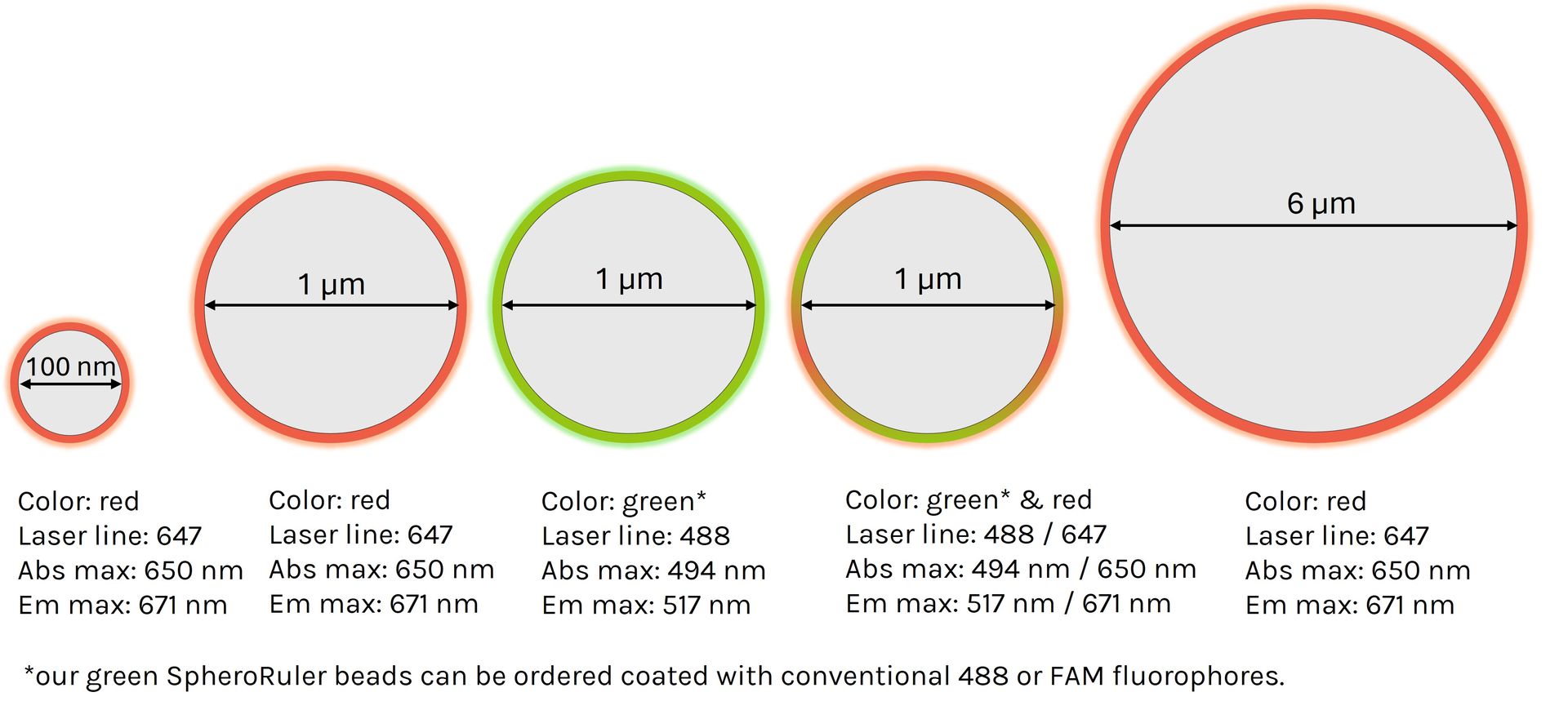
Additional resources:
Visit our glossary for a definition of dSTORM and super-resolution microscopy .
Stable blinking
Suited for use in SMLM microscopy
Consistent size
Thoroughly characterized by electron microscopy

Spherical geometry
with sharp and thin edges

Immobile
Suitable for drift correction applications

Bio-compatible
Resuspended in an aqueous buffer and usable along biological samples such as cells or tissue sections

Easy-to-spot
A high fluorescence intensity for practical use as demo or training tools
One SpheroRuler bead imaged using different microscopy techniques

SpheroRuler beads reconstructed using SRRF-Stream microscopy
(A, B). Pictures of SpheroRuler beads acquired in wide-field (A) and SRRF-Stream super-resolution (B) imaging. Scale bar = 5µm
(C, D) Local enlargements of A and B pictures respectively.
Scale bar = 1µm
(E) Fluorescence intensity distributions along the solid lines in C and D.
Credits: Yao Baoli - Xi'an Institute of Optics and Precision Mechanics, Chinese Academy of Sciences, 20lksehg
SpheroRuler beads as a benchmarking tool to assess the impact of different imaging modes on resolution and image quality
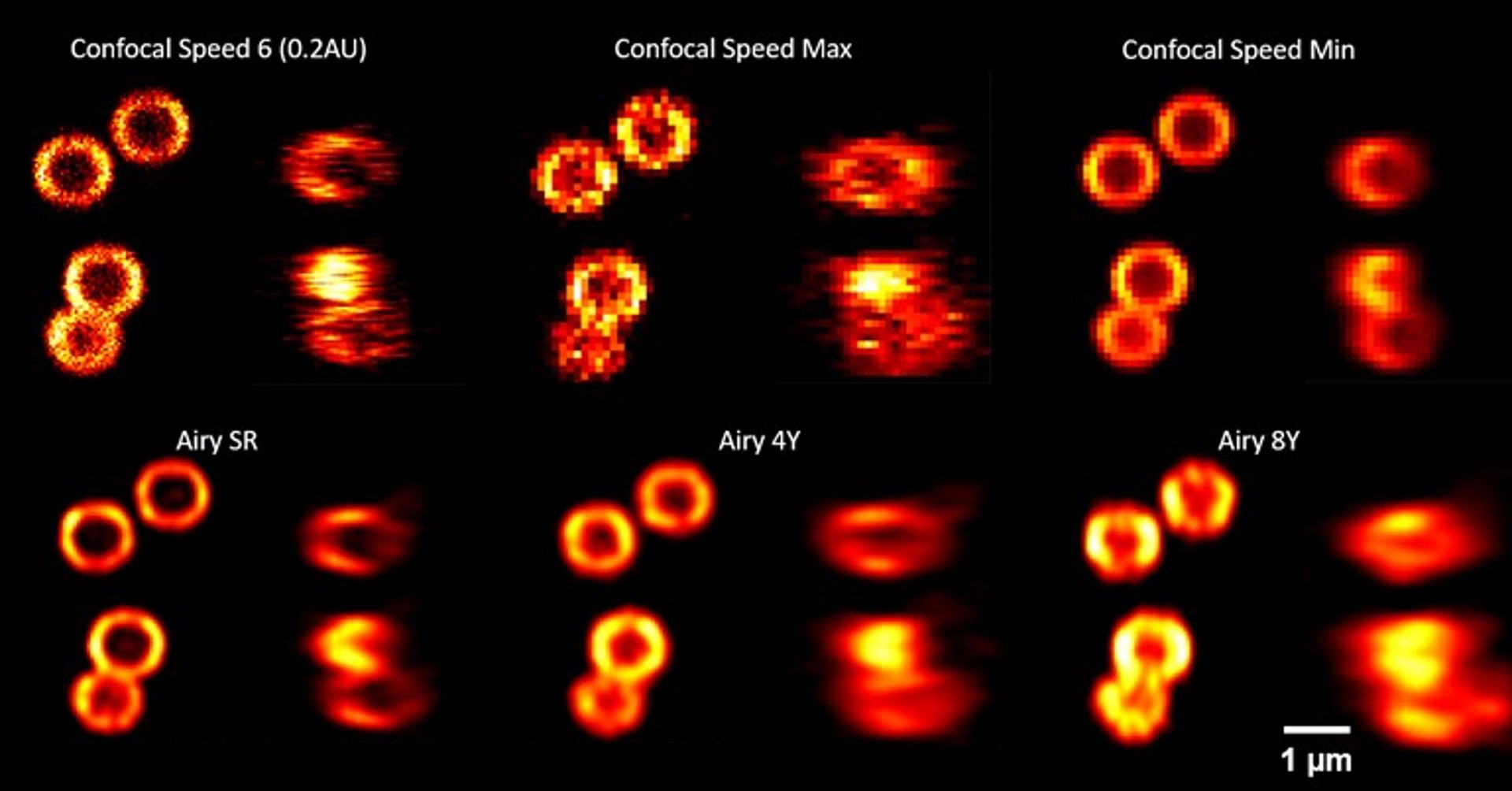
SpheroRuler beads were imaged on a confocal microscope with a 63X oil objective.
Credits: Kseniya Korobchevskaya - Institute of Developmental & Regenerative Medicine, University of Oxford, UK
2D and 3D dSTORM images of a SpheroRuler bead acquired with a Leica GSD system
Credits: Lydia Y Li, Nabi Lab, The University of British Columbia, 2023
The SpheroRuler beads are 1μm-diameter polymer particles surrounded by 647-fluorophores covalently anchored to their surface. Beads will be visible as hollow rings or spheres when reconstructed in 2D or 3D SMLM experiments respectively.
SpheroRuler beads are coated with 647-fluorophores giving a stable blinking in SMLM microscopy, and have been initially developed for dSTORM imaging. Since then, they have also been successfully used in SFFR, SEM, confocal, Airyscan confocal and SEM microscopy.
The spherical particles making up Spheroruler beads have been selected based on very good monodispersity properties. The accuracy and reproducibility of the bead diameter have been characterized by SEM on 25 independent microspheres and showed a standard deviation of
1 +/- 0.05μm.
The SpheroRuler kit contains a 50μL suspension of SpheroRuler beads. All you need to have on your side is some blinking buffer, coverslips and imaging vessels of your choice.
One kit contains a 50μL suspension of SpheroRuler beads, allowing for 10 experiments when using the recommended 5μL volume in 35mm glass-bottom dishes.
Yes, SpheroRuler beads are resuspended in PBS and can be loaded together with biological specimens (cells, tissue sections, etc).
The SpheroRuler suspension is stable for at least 7 months when stored at 4°C.
In 2D, you should retrieve a hollow circle of 1μm diameter. In 3D, you should retrieve a hollow sphere of 1μm diameter.
SpheroRuler beads are highly fluorescent beads coated with a high density of fluorophores. We recommend using a “multi-emitter / high density” rather than a “single-emitter / low density”, algorithm, to guarantee an efficient localization of individual blinking events. Although the available options will vary on each imaging system used, an example of algorithm that was successfully used is the "Account for overlap" function on the ZEN software (Zeiss).
Fluorophores are directly coated on the bead surface without linkers or antibodies, and their thickness is therefore negligible compared to the measured diameter. The apparent thickness of the fluorophore ring will depend on the resolution of your imaging system (i.e. around 160-200nm when measured in dSTORM). The external periphery of the beads should be taken into account when measuring diameter.
Although 2D reconstructions of SpheroRuler beads should be accurately circular, obtaining an elongated shape in z is a common artefact that will depend on the system used for imaging and for 3D reconstruction (biplane reconstruction, astigmatism, etc). The measured diameter in z and its distance from the actual 1μm can therefore be used as a robust indicator to evaluate the fidelity of the 3D reconstruction for a given system. As an example, measured z diameter was 1.3 μm when tested on a Vutara VXL system using biplane imaging.
The SpheroRuler beads are coated with a high density of fluorophores. A few tips that will facilitate the SpheroRuler reconstruction:
- Make sure you perform a “pumping” step by illuminating with ultra-high power (i.e. laser 80% for less than 30s) before starting the acquisition in order to improve the localization precision.
- Use a “multi-emitter / high density” algorithm, or any equivalent, to guarantee an efficient localization of individual blinking events.
- If still not sufficient to efficiently reconstruct the spheres, or if such algorithm is not available, using a PSF filter to eliminate out-of-focus events or close double emitters should refine the localisation precision and make the peripheral crown more visible, therefore improving the reconstruction fidelity.
Rousset C, Neplaz R, Catal P, Chatre E, Place C, Lomonte P, Juillard F, Favier A, Monier K. Correlation-based nanometric localization using lattice SIM2 and dSTORM in PML nuclear bodies validated by calibration spheres. Biochem Biophys Res Commun. 2025 Mar 8;752:151450. doi: 10.1016/j.bbrc.2025.151450. Epub 2025 Feb 7. PMID: 39954357.
Correlation-based nanometric localization using lattice SIM2 and dSTORM in PML nuclear bodies validated by calibration spheres. Corentin Rousset, Rémi Neplaz, Pelin Catal, Elodie Chatre, Christophe Place, Patrick Lomonte, Franceline Juillard Arnaud Favier, Karine Monier. Biochemical and biophysical research communications. Vol 752, 8 March 2025, 151450
Deep Learning-Driven Automated High-Content dSTORM Imaging with a scalable Open Source Toolkit. Janis T. Linke, Luise Appeltshauser, Kathrin Doppler, Katrin G. Heinze. Biophysical reports Fev 2025
"
It could have been one of those after-dinner conversations that would have ended there. Arnaud, Karine, Christophe and Mathieu, from Idylle, had a lively discussion about some of our experimental conditions in dSTORM. They came to talk about the confidence we can place in our instruments. Mathieu launched: "You should develop a calibration tool for dSTORM, it would be of great help for so many researchers". This little phrase hung in the air... until we decided that it was a challenge that we liked and that we were going to take up. Today we are happy to launch SpheroRuler with the whole Idylle team."
 Arnaud Favier, Karine Monier, Christophe Place
Arnaud Favier, Karine Monier, Christophe Place
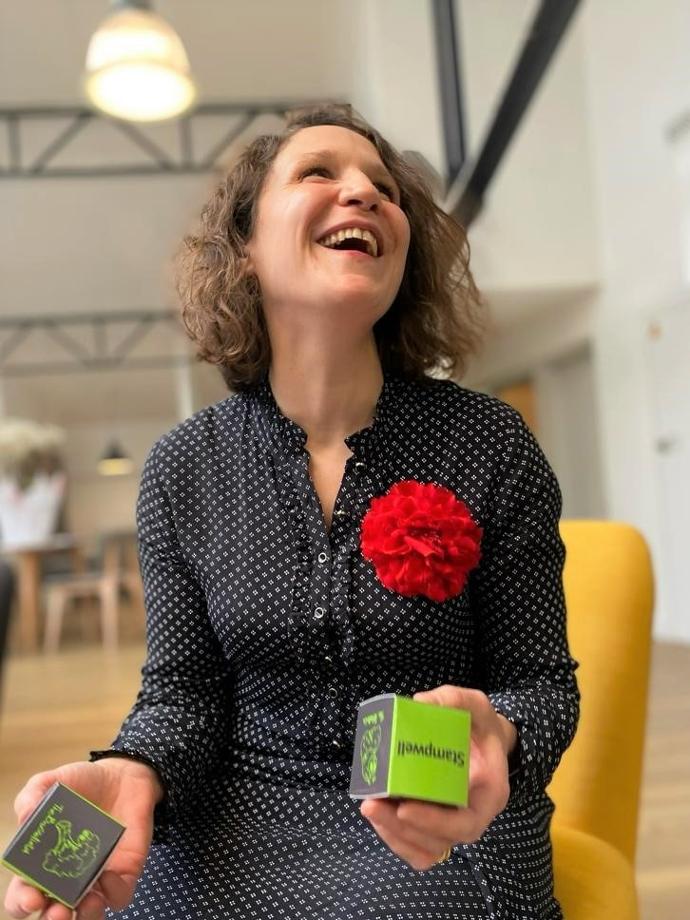
" Calibration beads for dSTORM? Why hadn't we thought of that before? Their very simplicity was praised by early researchers who tested and adopted them. Scientists new to SMLM greatly appreciate their ease of use. We are all very happy here that this idea of a night has become a research tool for all. "


